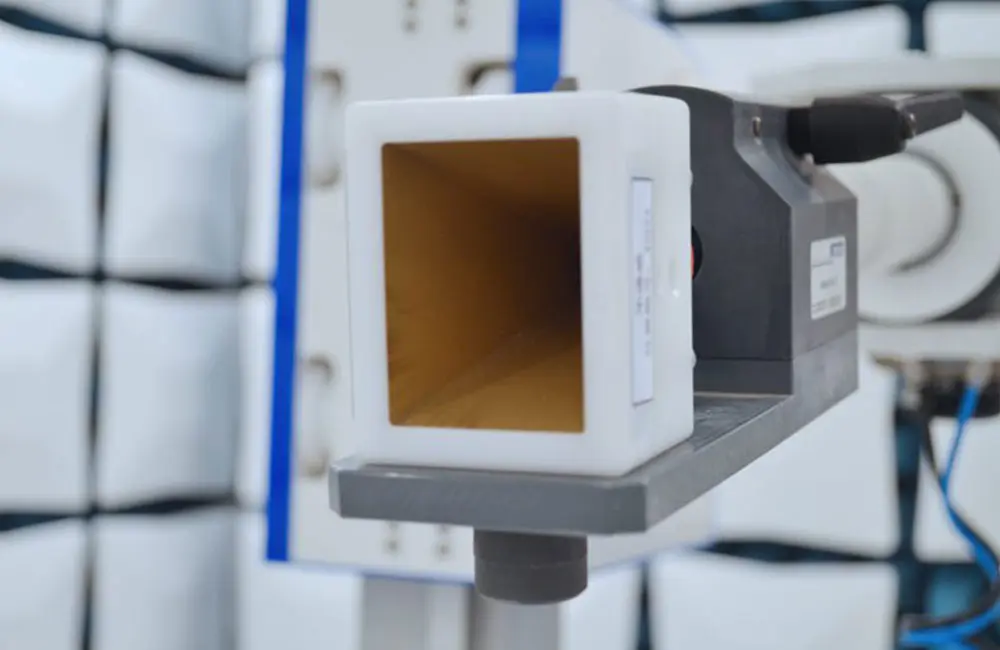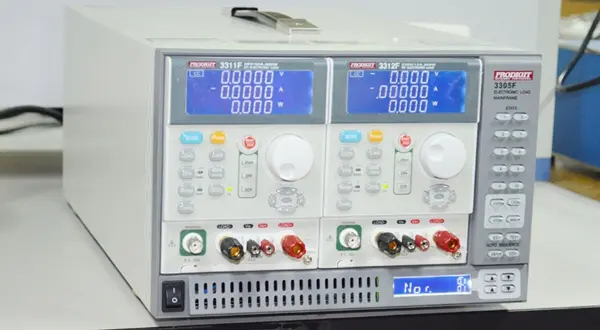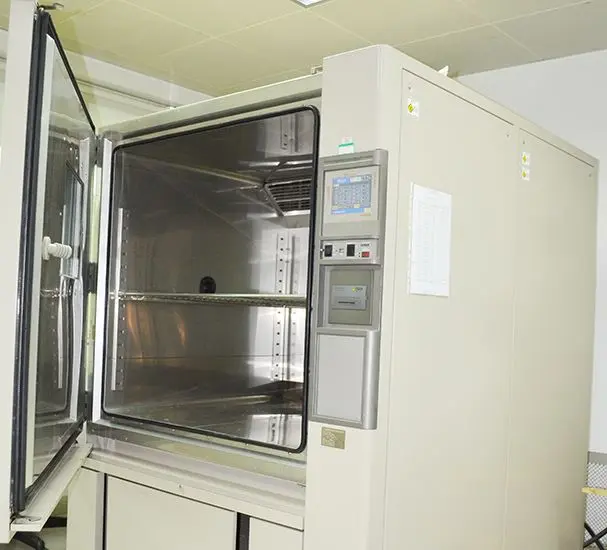
What is Safety Compliance Testing and Its Scope?
What is Safety Compliance testing?
Safety compliance testing is the process of evaluating and verifying potential hazards that electronic products may pose during normal use. It primarily includes testing and assessment of electric shock, fire, mechanical hazards, chemical hazards, and other safety aspects to ensure the product is safe for users and the environment.
The process of safety compliance testing includes:
1. Understanding standards and requirements
2. Design modifications and optimization
3. Raw material testing
4. Electrical safety testing
5. Mechanical safety testing
6. Thermal and electromagnetic compatibility (EMC) testing
7. Preparation of safety labels and documentation
What Does Safety Compliance Testing Include?
1. Electrical Safety Testing
a. InsULation Resistance Test:Ensures good insulation between internal circuits and the device casing.
b. Dielectric Strength Test (also called High Voltage Test):Verifies the insulation performance under high voltage conditions.
c. Ground Continuity Test:Checks the grounding of the device to ensure current can safely flow to the ground in case of a fault.
d. Leakage Current Test:Measures leakage current under normal operation or fault conditions to ensure it does not exceed safe limits.
2. Mechanical Safety Testing
a. Sharp Edges and Protrusions Check:Ensures device edges and protrusions do not cause cuts or injuries.
b. Stability and Tip-over Test:Verifies the device's stability during placement and use.
c. Mechanical Strength Test:Tests the strength of the casing, buttons, connectors, and other components to ensure they withstand normal and abnormal use.
3. Thermal Safety Testing
a. Temperature Measurement:Measures surface temperature and key internal components during operation to ensure they remain within safe limits.
b. Overheat Protection Test:Verifies the device’s built-in overheat protection functions correctly if temperatures exceed safe limits.
4. Other Safety Testing
a. Fire Resistance Test:Evaluates whether materials and structure are flame retardant.
b. Electromagnetic Compatibility (EMC) Test:Ensures the device does not interfere with other devices or systems and is not affected by external electromagnetic interference.
Safety Compliance Standards in Europe and the U.S.
1. iec 60950-1
2. IEC 62368-1
3. en 60950-1
4. EN 62368-1
5. UL 60950-1
6. ul 62368-1
7. CSA C22.2 No. 60950-1
8. CSA C22.2 No. 62368-1
9. fcc part 15
10. fcc part 18
11. ETSI EN 300 328
12. ETSI EN 301 489-1
13. IEC 61010-1
14. EN 61010-1
15. UL 61010-1
16. iec 60601-1
17. EN 60601-1
18. UL 60601-1
Range of Electronic Products for Safety Testing
1. Household and Similar Appliances
Examples include: refrigerators, freezers, electric fans, air conditioners, household washing machines, storage water heaters, indoor heaters, vacuum cleaners, skin and hair care devices, instant water heaters, electric irons, induction cookers, ovens, electric food processors, microwaves, electric stoves, ranges, roasters, hoods, liquid heaters, rice cookers, hot/cold water dispensers, motors, compressors, etc.
2. Electronic Components
Examples include: connectors, terminal blocks, plugs, sockets, quick-connect terminals, appliance couplers, wire assemblies, mobile power strips, fuses, fuse holders, thermistors, varistors, surge protection modules, capacitors, motor thermal protectors, timers, thermostats, motor start protectors, transformers, relays, contactors, circuit breakers, industrial control equipment, etc.
About JJR Laboratory
JJR Laboratory in China provides safety compliance testing services for electronic and wireless products intended for export to the EU, USA, Japan, South Korea, Australia, Brazil, Canada, and other countries. We are an ISO/IEC 17025 accREDited laboratory. Consultation and product submission are welcome.
More:iec 60950 1 | japan mic | gms google | astm f2413 standard | rf test lab | emi testing lab | reach compliance
Email:hello@jjrlab.com
Write your message here and send it to us
 LED Lighting EMC Testing Service
LED Lighting EMC Testing Service
 EU REACH Compliance Testing Services
EU REACH Compliance Testing Services
 Electronic and Electrical Reliability Testing Serv
Electronic and Electrical Reliability Testing Serv
 Electronic & Electrical Safety Compliance Test
Electronic & Electrical Safety Compliance Test
 Shenzhen Electronic Electromagnetic Compatibility
Shenzhen Electronic Electromagnetic Compatibility
 How to Test IP68 Rating
How to Test IP68 Rating
 Differences Between FDA and LFGB for Food Contact
Differences Between FDA and LFGB for Food Contact
 Process and Precautions for Amazon CPC Certificate
Process and Precautions for Amazon CPC Certificate
Leave us a message
24-hour online customer service at any time to respond, so that you worry!




